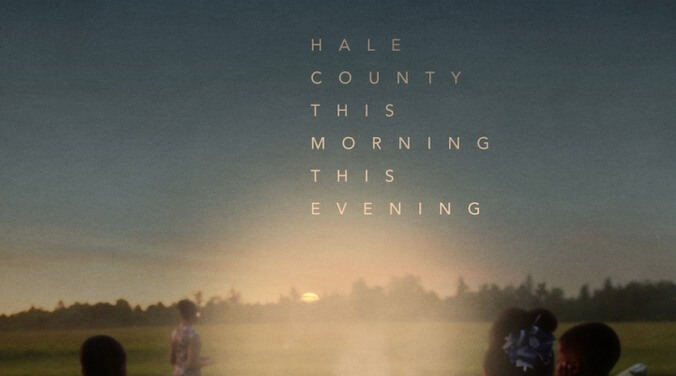Hale County, This Morning, This Evening finds beauty in the small moments of black Southern life

Hale County, Alabama, which has a population of just under 16,000, is best known as the subject of Let Us Now Praise Famous Men, James Agee and Walker Evans’ classic and influential book about the white rural poor. One can presume that this fact played a role in the conception of RaMell Ross’ Hale County, This Morning, This Evening, which documents snippets of black life in the same area—living rooms, locker rooms, traffic stops—some eight decades after Evans and Agee came through. Ross’ small DSLR camera isn’t there to probe; the role it plays in the film isn’t all that different from the ones cameras play in our everyday lives, capturing basketball practices, baby showers, and interesting cloud formations and glints of light. But Ross, a photographer and former Georgetown hoops player who came to Hale County partly to coach basketball, is still interested in a bigger picture. It has something to do not only with an under-documented corner of American life, but with the way its quotidian events touch on the forces of history, Mother Nature, and life and death.
Among the little moments captured by Ross’ camera, we see a close-up of drool running down a toddler’s bare belly and the tragic aftermath of a baby’s funeral; the mist of a barber’s spray bottle and the midday sun coming through the smoke of a tire fire; an athlete’s sweat falling on concrete like the first drops of rain and a Biblical-looking storm; an injured deer limping in front of traffic and a little kid running in circles. We are introduced early on to two men: Daniel, a college basketball player, and Quincy, a young father. We learn a little about their families and about the local catfish plant. But the context is minimal, and Ross avoids the sort of formal strategies that would clue viewers in on a rhythm. Instead, he mixes the footage with slow dissolves, time-lapse shots, vague questions posed on title cards, and even some outtakes of the black vaudeville comedian Bert Williams from the unfinished silent film Lime Kiln Field Day. Even the time frame is vague, though Hale County was reportedly shot over five years.
Instead, one reads the repetitions: Sweat, rain, church, and cars being pulled over by the cops are treated as repetitions of equal weight and constancy. Still, for all its undercurrents of poetic rumination, Hale County feels under-articulated—especially in comparison to something like Bing Liu’s terrific and compelling Minding The Gap, another recent documentary drawn from what is basically home video footage. (Not that Ross’ footage is anywhere as dynamic as Liu’s.) Like the seconds-long moments that make up the bulk of the film, the people of Hale County are mostly anonymous snapshots. If Ross had embraced anything like a narrative line, would it have taken away from the elemental imagery of his brief, unconventional film? One can’t really tackle life and what it means on both a personal and social level without prying into the people who live it. Ross keeps his distance—and in doing so, keeps Hale County’s potential at an arm’s length.